Welcome back to the annual festival! Nakano Numabukuro Hikawa Shrine in Tokyo is packed with things to see

We will introduce Nakano Numabukuro Hikawa Shrine, a two-minute walk from Numabukuro Station on the Seibu Shinjuku Line in Tokyo. This ancient shrine has a history of about 800 years. It is also popular as a sacred place for the popular anime.
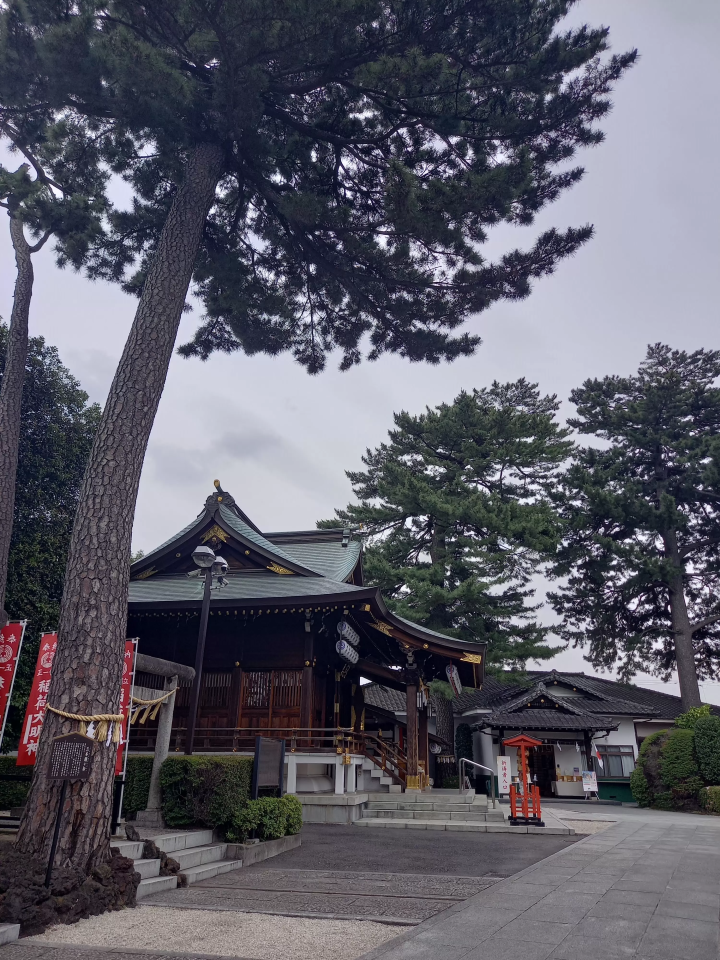
This old shrine is worshipped as the main guardian deity of the former Nogata village (currently Numabukuro and Nogata in Nakano Ward), and is visited by celebrities and sports stars. Recently, it has also become popular as a sacred place for manga and anime that boast national popularity. In "Demon Slayer: Kimetsu no Yaiba," the popular character "Tomioka Giyu" is from the former Nogata village, so Nakano Numabukuro Hikawa Shrine has become a hot topic as the guardian deity of the land where a person was born. In "Tokyo Revengers," it is said to be the model for the shrine that appears in the scene where the group "Tokyo Manji Gang" to which the main character belongs is formed. I'm a bit of a fangirl, so I'll try to visit the shrine carefully so as not to get too excited and be rude. Let's visit the shrine together, Chibi Nakano-san. It's a 2-minute walk from the north exit of Numabukuro Station on the Seibu Ikebukuro Line in Tokyo. It's extremely accessible. The grounds are spacious and surrounded by greenery, and I feel refreshed every time I visit.

There was a straw circle set up at the entrance. You make a figure eight, starting from the left and going through it three times... but wait, Chibi Nakano, that's the wrong way round!
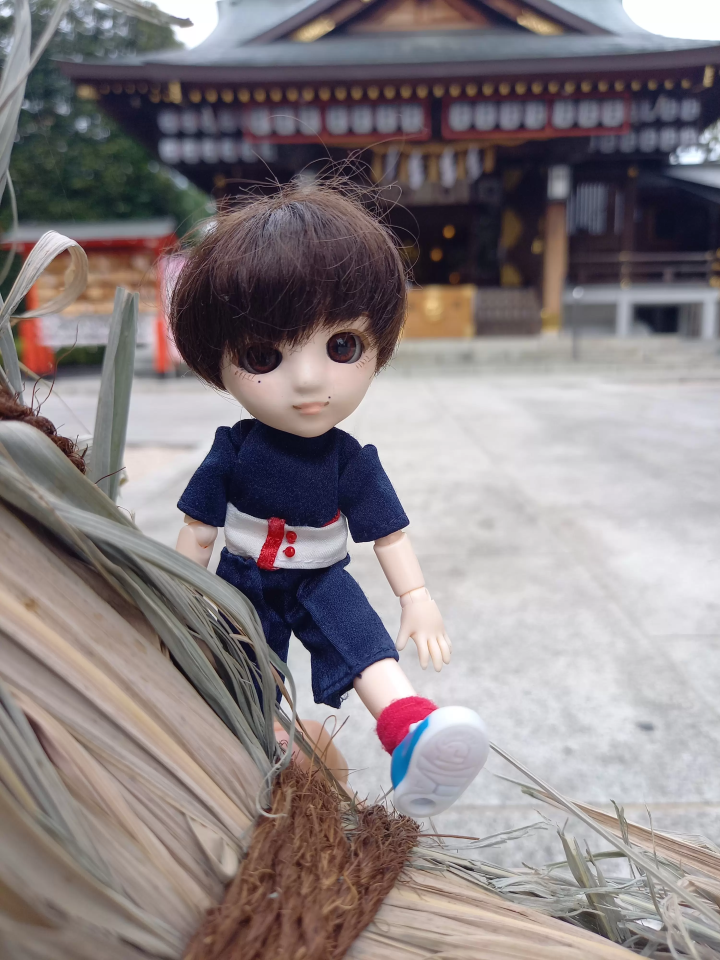
First, greet the gods with your daily gratitude. At the chozuya (purification fountain), purify your left and right hands, mouth, and heart. Walk on the edge of the path to the shrine, as the gods pass through the center. After throwing in your offering, bow twice, clap twice, and bow once with all your heart.
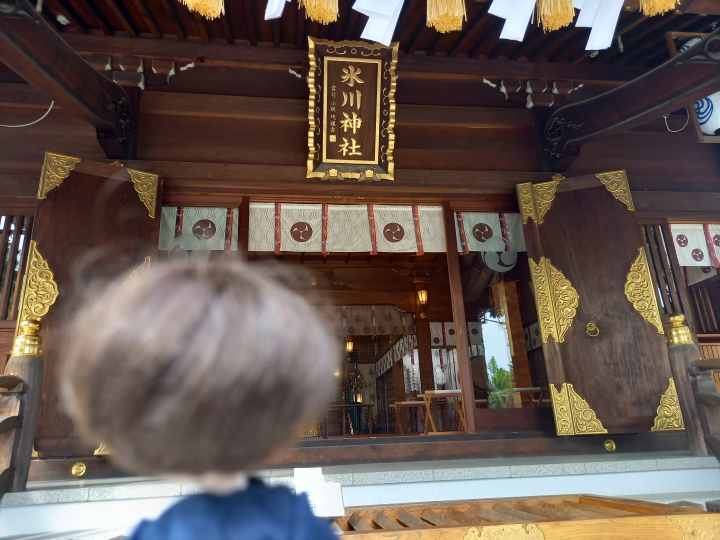
We had the opportunity to speak with Omata Tomohiko, a negi (a priest who assists the chief priest, who is the representative of the shrine). He said, "Nakano Numabukuro Hikawa Shrine is an ancient shrine with a history of about 800 years, dating back to the time of Emperor Go-Murakami during the Northern and Southern Courts. It is an offshoot of Musashi Ichinomiya Hikawa Shrine in the former city of Omiya (now Saitama City). The deity worshiped at all Hikawa Shrines is Susanoo-no-Mikoto." Speaking of Susanoo-no-Mikoto, he is famous in Japanese mythology for defeating the Yamata-no-Orochi, a giant serpent.
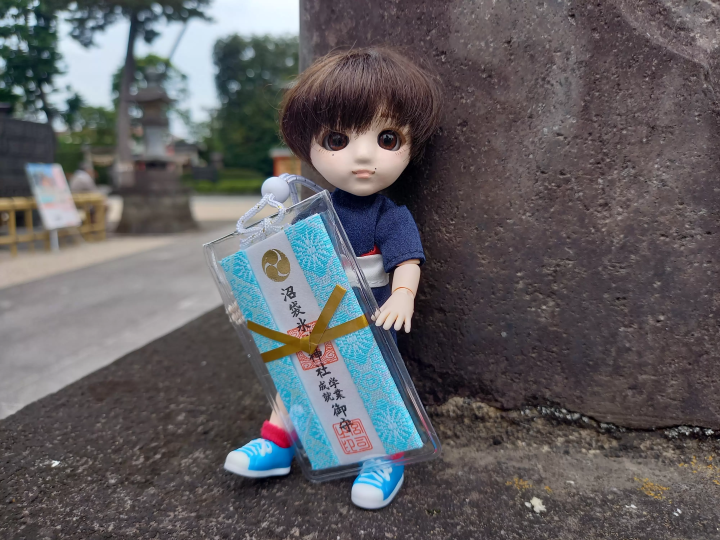
After you finish praying, you should get a charm at the shrine office, Nakano-san. Omata-san told us that the goshuin (temple seal) that changes every month is popular. "The goshuin often incorporates seasonal flowers that bloom in the temple grounds into the design. It is well received by the worshippers." When we visited in June, beautiful hydrangeas were blooming in the temple grounds. It's fun to compare the goshuin with the flowers in bloom.
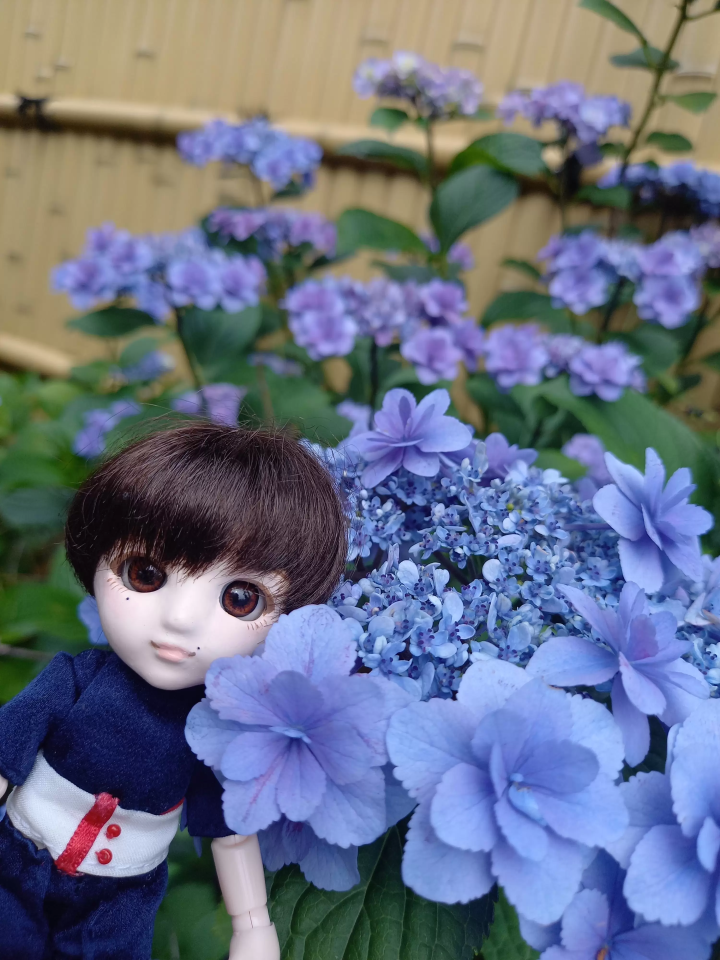

Many people donate votive plaques when they visit the shrine. There is also a large votive plaque donated by the idol group Keyakizaka46 (now Sakurazaka46). How did Keyakizaka46 come to visit? Omata-san: "I also work as a shrine attendant at Nerima Hakusan Shrine, and when Keyakizaka46 was formed, we prayed for a hit at Nerima Hakusan Shrine, named after the 900-year-old sacred zelkova tree there. The following year, they also came to Nakano Numabukuro Hikawa Shrine to pray for a hit." We were also shown votive plaques of other famous people. Oh! An autograph of Murakami Munetaka, a Tokyo Yakult Swallows player who played in the WBC! So he was a visitor.
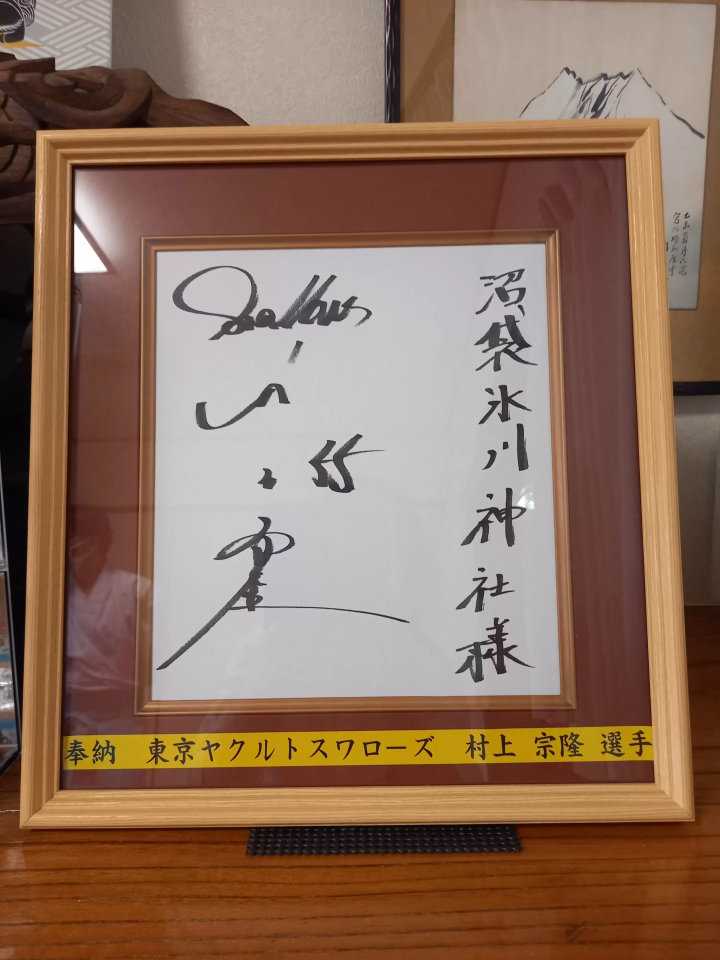
There is a lot to see within the grounds.
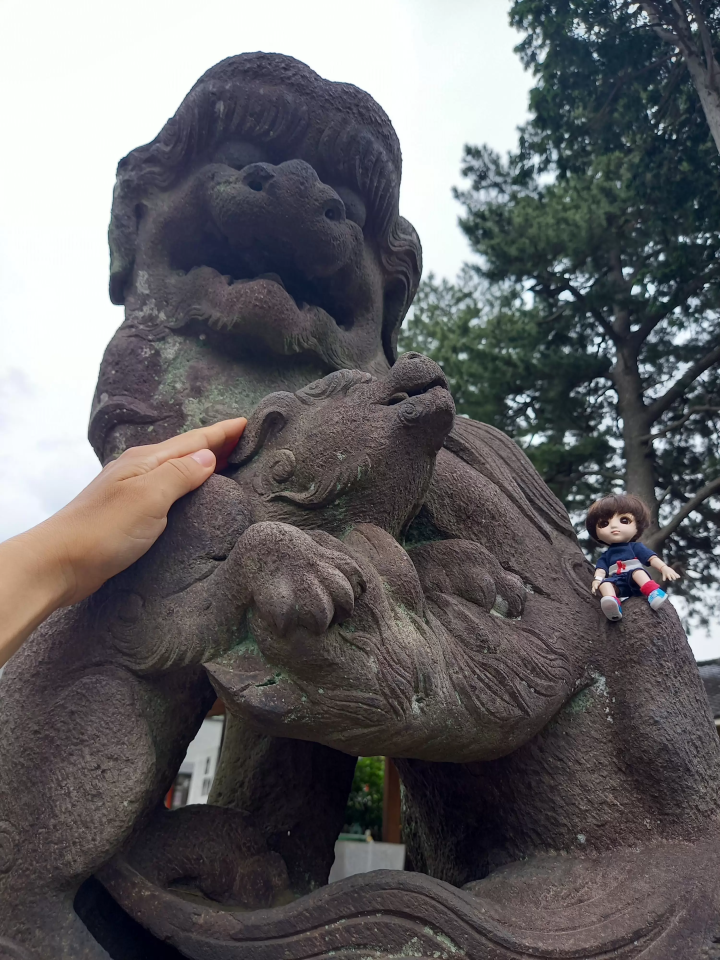
The "Child-raising Komainu" is holding a baby and soothing it. I heard that if you stroke it three times, childbirth will become easier and child-raising will proceed smoothly, so I naturally put more strength into stroking it. This shrine is also associated with Ota Dokan, a warlord from the Sengoku period who first built Edo Castle, and there are remains of the "Dokan Cedar" tree that was planted to pray for victory in battle.
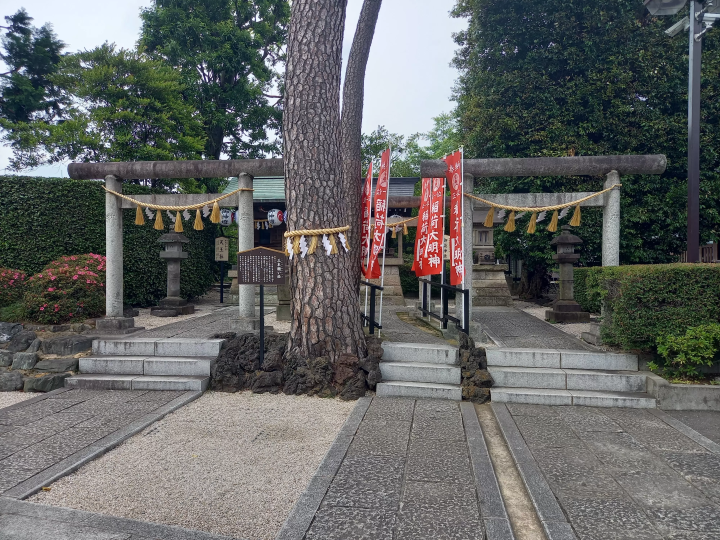
Near the main shrine are the sacred trees known as the "Three Wish Pine Trees," which are said to bring happiness. They look as if they will truly deliver your wishes to the heavens. All three are around 500 years old, and are truly impressive. Next to them are the "Tennosha," a shrine dedicated to the god of recovery from illness, the "Inari Shrine," a shrine dedicated to the god of bountiful harvests and prosperous business, and the "Migaku Shrine," a shrine dedicated to the god of protection from fire and theft.

At the Kagura Hall, votive dances and music are performed during New Year's and festivals. The annual festival will be held on June 3rd and 4th, 2023, and Chiitan was able to see the votive dance. During the festival, portable shrines and floats are paraded through the town. Omata-san, how was the annual festival, which was held for the first time in four years? "Many local people got involved and it was a great success. It had been four years for us, too, so it took us a while to remember our movements and we were exhausted. Between 5pm and 8pm, the temple grounds were so crowded that we wondered whether to limit admission."

The Nakano Seven Lucky Gods are also popular. It is said that this is the only place in Nakano where you can see the Seven Lucky Gods all gathered together. It is the first time I have seen them all enshrined together. They are Bishamonten, Benzaiten, Daikokuten, Ebisu, Hotei, Fukurokuju, and Jurojin. Each has a rich expression, so please take a look.
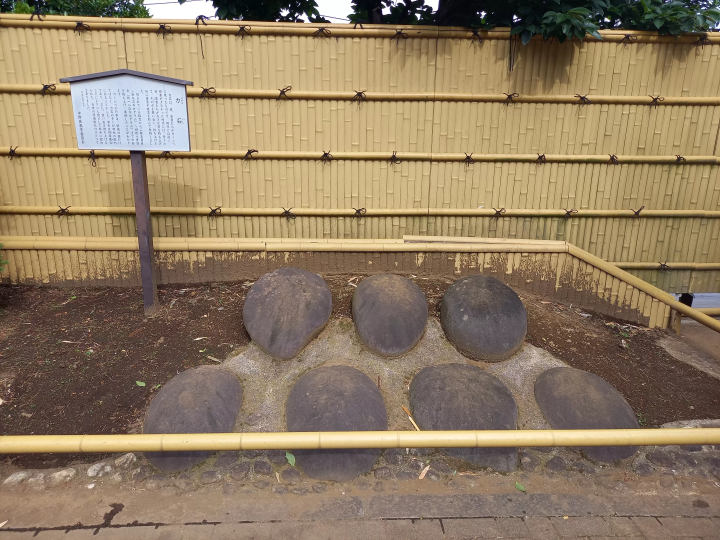
Chitan's favorite is the "Strength Stone." Along with the "Lantern," it is a designated tangible cultural property of Nakano Ward. In the past, young people used this large stone to compete in strength contests, and if you lifted it, you would probably lose your legs. Lifting a heavier stone was a rite of passage to be recognized as a full-fledged adult in society. It seems that shrines have been a part of life's milestones since ancient times. There are also events throughout the year, and Omata-san gave a word of encouragement to the participants. "Just as many people came to the annual festival, I hope that the other events will be a place where everyone can enjoy themselves. However, please be careful not to drink too much alcohol." What did Chibi Nakano wish for? May everyone's wishes come true? Chitan and Chibi Nakano were reassured by the gods' protection.
Nakano Numabukuro Hikawa Shrine
Address: 1-31-4 Numabukuro, Nakano-ku
Access: 2 minutes walk from the north exit of Numabukuro Station on the Seibu Shinjuku Line
Phone: 03‐3386‐5566
Parking available (25 spaces)
Official website
Hotels near Nakano Numabukuro Hikawa Shrine
Nakano city is located in the western part of Tokyo's 23 wards. It is especially famous for Nakano Broadway, known as the "holy land" of subculture, but it also has many other tourist attractions such as historic shrines and temples and gourmet food. While the area around Nakano Station is undergoing a "once in a century" redevelopment, the town is undergoing change, and the town is bustling with old-fashioned, friendly shopping streets, making Nakano a very diverse city. This diversity is also what makes it a city with a population of about 17,000 people from about 120 countries.
The contents on this page may partially contain automatic translation.






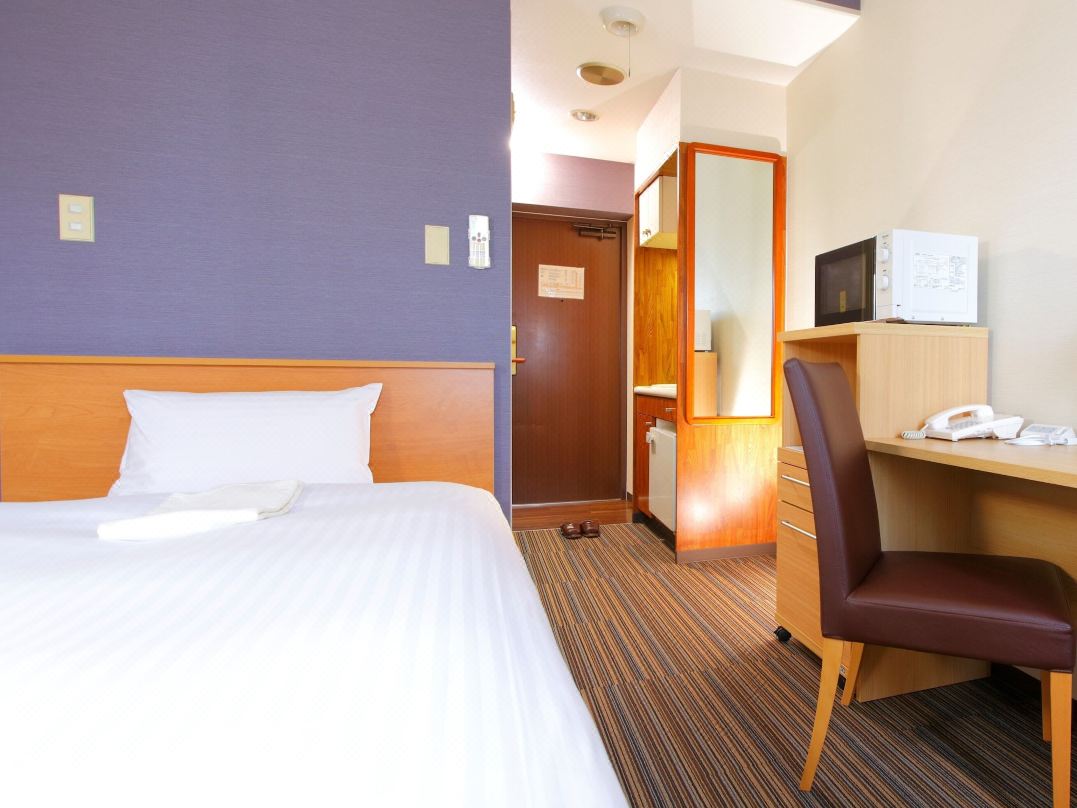






























![[2026] Top 5 Strawberry Picking Spots in Tokushima, Naruto| Farms and Access Guide for January to May](https://resources.matcha-jp.com/resize/720x2000/2025/03/06-227165.webp)
![[Yamanashi/ Hokuto City] 4 Hot New Spots Opening in 2026](https://resources.matcha-jp.com/resize/720x2000/2025/12/12-252747.webp)


